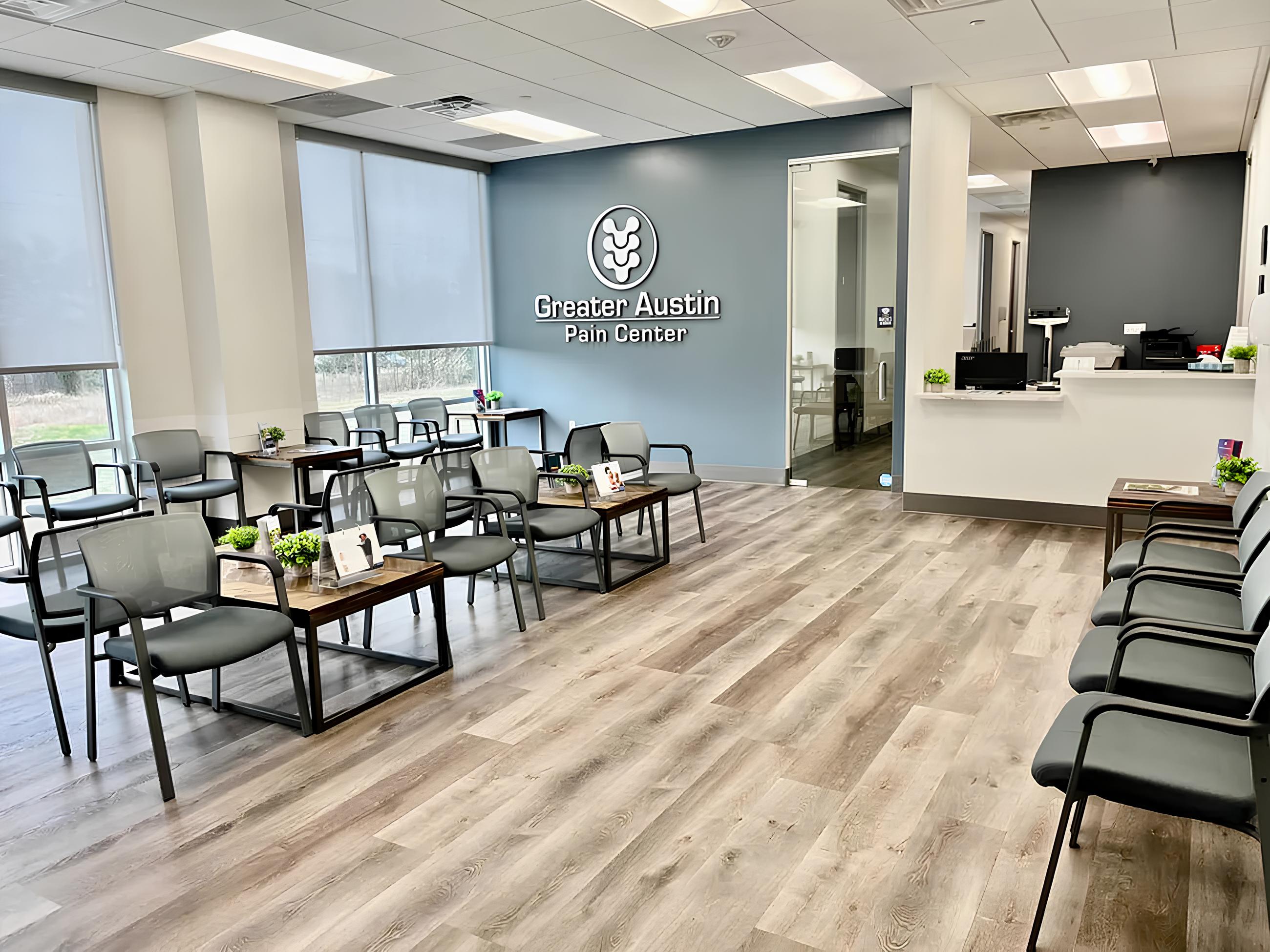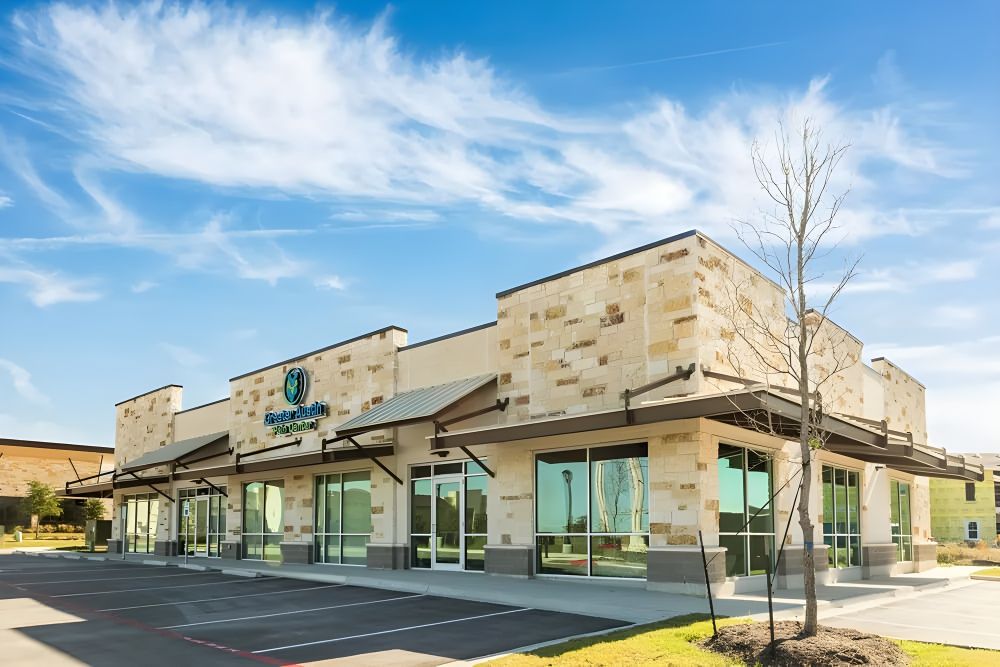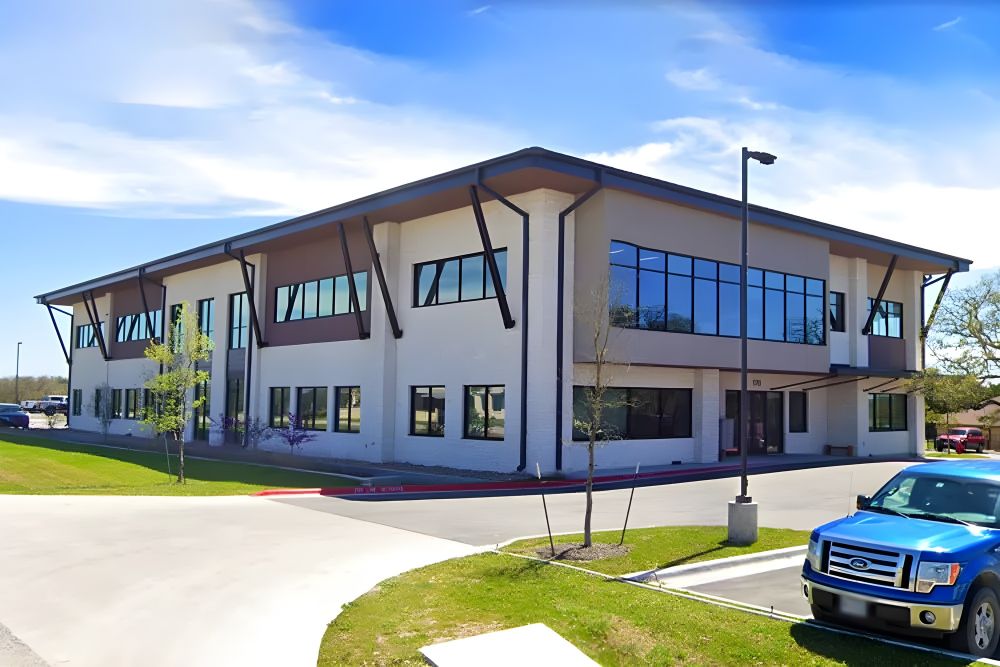Understanding Non-Surgical Treatments for Spinal Stenosis
July 3, 2025
.png)
Spinal stenosis is a common condition that affects thousands of adults, especially as they age. It occurs when the spaces within your spine narrow, putting pressure on the nerves that travel through the spinal canal. Fortunately, not every case requires surgery. Many people can manage their symptoms effectively through non-surgical treatments designed to relieve pain, restore mobility, and improve quality of life.
Understanding Your Treatment Options for Spinal Stenosis
If you’re living with spinal stenosis, you already know the symptoms can range from nagging discomfort to debilitating pain. What you may be asking now is: What can I do about it that doesn’t involve surgery?
Many patients find meaningful relief through non-surgical treatments designed to reduce nerve compression, improve mobility, and enhance overall comfort. The right combination of therapies depends on your specific symptoms, spine health, and lifestyle. But in most cases, conservative treatments offer a strong first step toward managing spinal stenosis long-term.
Why Consider Non-Surgical Treatment Options?
Non-surgical treatments are often the first step in managing spinal stenosis. They offer a safe and effective way to control symptoms without the risks and recovery time associated with surgery. These options are ideal for individuals with mild to moderate symptoms or those who may not be good candidates for surgery due to other health concerns. The primary goal of conservative treatment is to relieve pain, reduce inflammation, and improve movement and function.
Physical Therapy and Exercise
Strengthening and Stretching
A customized physical therapy plan can significantly improve spinal support and flexibility. Strengthening core muscles helps stabilize the spine, while stretching tight muscles can reduce pressure on the nerves. These exercises are typically low-impact and designed to target areas of weakness or imbalance.
Posture and Movement Training
Poor posture and improper body mechanics can worsen spinal stenosis symptoms. Physical therapists help patients learn new ways to stand, sit, and move that place less stress on the spine. With regular practice, these changes can enhance comfort and minimize flare-ups.
Medications for Pain and Inflammation
NSAIDs and Muscle Relaxants
Nonsteroidal anti-inflammatory drugs (NSAIDs) like ibuprofen or naproxen are commonly used to manage pain and inflammation. In some cases, muscle relaxants may be prescribed to ease spasms caused by nerve irritation.
Neuropathic Pain Medications
Certain medications are designed to target nerve pain specifically. Drugs such as gabapentin or pregabalin can help reduce sensations of tingling, burning, or shooting pain caused by compressed spinal nerves.
Injections and Interventional Pain Management
Epidural Steroid Injections
Epidural injections are often recommended when oral medications and physical therapy do not provide enough relief. These injections deliver anti-inflammatory medication directly into the epidural space, helping to reduce swelling around the affected nerves and ease pain.
Facet Joint Injections or Nerve Blocks
When facet joint arthritis contributes to spinal stenosis pain, facet joint injections or nerve blocks can offer targeted relief. These procedures are minimally invasive and performed under guidance in a clinical setting.
Minimally Invasive Treatment Options
MILD Procedure
The Minimally Invasive Lumbar Decompression (MILD) procedure removes small portions of bone and thickened ligament tissue through a tiny incision in the back, creating more space in the spinal canal. It’s done without general anesthesia or stitches and has a short recovery time, allowing many patients to return to normal activity within days.
Minuteman® Procedure
The Minuteman® is a small, implantable spinal device inserted between vertebrae through a small incision. It stabilizes the spine and helps reduce nerve compression caused by spinal stenosis or degenerative disc disease. This outpatient procedure offers a less invasive alternative to spinal fusion with reduced downtime.
Assistive Devices and Lifestyle Modifications
Bracing or Walking Aids
Temporary use of braces or assistive walking devices can help reduce strain on the spine and provide added support during daily activities. These tools can improve mobility and reduce discomfort for individuals experiencing weakness or instability.
Weight Management and Activity Adjustments
Maintaining a healthy weight is essential for managing spinal stenosis. Extra body weight can place additional stress on the spine, worsening symptoms. Patients may also benefit from modifying high-impact activities or adopting gentler routines like walking or swimming.
When to Consider a Specialist
If symptoms persist or worsen despite initial treatments, it may be time to consult a pain management specialist. Ongoing pain, reduced mobility, or difficulty completing everyday tasks are signs that you need a more personalized and comprehensive approach to care. Specialists can guide you through the next steps, including advanced non-surgical treatments or surgical consultations if necessary.
Personalized Non-Surgical Care at Greater Austin Pain Center
At Greater Austin Pain Center, we understand the impact spinal stenosis can have on your daily life. That’s why we offer comprehensive, non-surgical treatment plans tailored to your unique needs. Our board-certified specialists work with patients throughout Austin, Dripping Springs, San Marcos, Kyle, and the Greater Austin area to develop a personalized strategy.
If you’re ready to explore non-surgical options for spinal stenosis, we’re here to help. Contact Greater Austin Pain Center today to schedule an appointment and take the first step toward lasting relief.

















